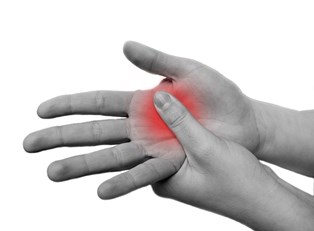Osteoporosis, characterized by low bone density and increased risk of fractures, affects millions of people worldwide, especially older adults and postmenopausal women. Fortunately, advancements in medical science have led to effective treatments aimed at preventing bone thinning and reducing the risk of fractures. Here, we delve into the various aspects of bone thinning treatment, including diagnosis, prevention, and management strategies.
Understanding Osteoporosis: The Silent Disease
Osteoporosis is often referred to as a "silent disease" because it progresses without noticeable symptoms until a fracture occurs. Bone density naturally decreases with age, but in individuals with osteoporosis, this decline is accelerated, leading to weakened bones that are susceptible to fractures, particularly in the spine, hips, and wrists. Risk factors for osteoporosis include age, gender, genetics, lifestyle factors, and certain medical conditions or medications.
Diagnosis: Assessing Bone Health
Diagnosing osteoporosis typically involves a bone density test, such as dual-energy X-ray absorptiometry (DXA) scanning, which measures bone mineral density (BMD) and assesses fracture risk. Other diagnostic tools may include laboratory tests to measure calcium and vitamin D levels, as well as imaging tests like X-rays to detect existing fractures.
Prevention: Building Strong Bones
Prevention is key when it comes to osteoporosis, and building strong bones early in life can help reduce the risk of developing the disease later on. Lifestyle factors that promote bone health include:
- Adequate intake of calcium and vitamin D through diet and supplements.
- Regular weight-bearing and muscle-strengthening exercises, such as walking, jogging, weightlifting, and yoga.
- Avoidance of smoking and excessive alcohol consumption, which can weaken bones.
- Fall prevention strategies to minimize the risk of fractures, such as removing tripping hazards and installing handrails.
Treatment Options: Managing Bone Thinning
For individuals diagnosed with osteoporosis or at high risk of fracture, several treatment options are available to help manage bone thinning and reduce fracture risk:
-
Medications: Bisphosphonates, selective estrogen receptor modulators (SERMs), hormone replacement therapy (HRT), denosumab, and parathyroid hormone (PTH) analogs are some of the medications used to slow bone loss and increase bone density.
-
Calcium and Vitamin D Supplements: Adequate calcium and vitamin D intake is essential for maintaining bone health. Supplements may be recommended for individuals who are unable to obtain sufficient nutrients through diet alone.
-
Lifestyle Modifications: In addition to medications, lifestyle modifications play a crucial role in managing osteoporosis. This includes regular exercise, a balanced diet rich in calcium and vitamin D, smoking cessation, and limiting alcohol intake.
-
Fall Prevention: Preventing falls is paramount for individuals with osteoporosis, as fractures can significantly impact quality of life and independence. Fall prevention strategies may include home modifications, balance exercises, and use of assistive devices.
Monitoring and Follow-Up
Regular monitoring and follow-up with healthcare providers are essential for individuals undergoing bone thinning treatment. This may include periodic bone density testing to assess treatment efficacy, as well as evaluation of medication side effects and adjustments to treatment plans as needed.
Osteoporosis is a common and potentially debilitating condition, but with early diagnosis and appropriate treatment, individuals can take steps to preserve bone health and reduce fracture risk. By adopting a comprehensive approach that includes lifestyle modifications, medication therapy, and fall prevention strategies, individuals can effectively manage bone thinning more effectively.



